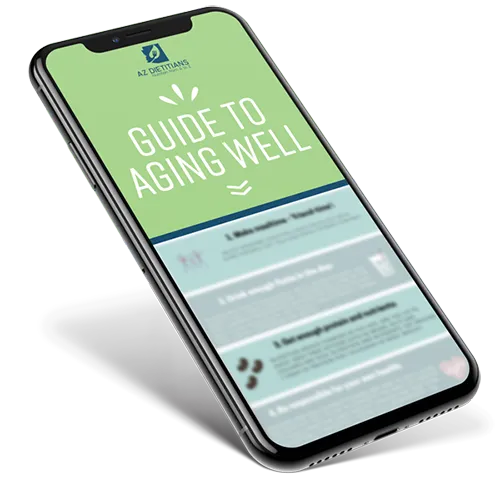What is fiber?
Fiber is considered a type of carbohydrate that provides improvements to gastrointestinal health. There are two types of fiber that provide their own benefits- insoluble and soluble fiber. Insoluble fiber does not absorb in water; therefore, it adds bulk to the stool resulting in healthier bowel movements. Soluble fiber does dissolve in water, forming gel-like substances that can stick to dangerous floating materials in the body and reduce the risk of cardiovascular disease, diabetes, and high blood pressure. Since fiber is fermentable, it also contributes to gut health by expanding the healthy bacteria needed to break down food and protect against illness. Diets low in fiber have been linked to increased risk of colon cancer and diverticulitis.
Effects of Fiber on Cardiovascular Disease and Diabetes
Heart disease is the leading cause of death in the United States. Even though heart disease is a major concern for the United States, around 80% of the causes are modifiable from diet, tobacco use, and exercise. If there is too much cholesterol in the blood, the excess builds up, causing decreased blood flow to the heart. Fiber protects against this process by reducing the amount of LDL cholesterol, total cholesterol, and triglyceride levels. Studies show that adding 5 grams of fiber a day can decrease risk of these complications.
Diabetes results from a reduction in the amount of insulin produced by the pancreas or a decrease in the body’s insulin sensitivity to the insulin that is produced. When a diabetic consumes a high fiber diet, the absorption of blood sugars slows down, decreasing high amounts of blood glucose in the body. Since fiber takes longer to digest, the body feels more satisfied after meals for a longer period of time. By increasing satiety, a decrease in calorie intake occurs and could potentially contribute to weight loss. The properties produced by abdominal fat when someone is overweight or obese can also contribute to decreased insulin sensitivity. These two mechanisms can provide protection against diabetes and reduction of severity if previously diagnosed, leading to decreased need for medications and possible reversal of the disease state itself.
Are You Following a Low Fiber Diet, or Getting Enough?
The RDA recommends 25 grams of fiber for women and 30-38 grams for men. In the United States, the average individual only eats 15 grams a day. These numbers are based on a 2,000-calorie diet, but evidence-based suggestions range from 25-50 grams depending on the individual.
Fiber Sources
Many foods contain fiber sources like fruit and vegetables, beans, legumes, nuts, and whole grains. Foods like broccoli, black beans, popcorn, lentils, and berries are all great sources of fiber. Follow some of these tips to incorporate more fiber into your diet:
↠Choose high fiber cereals with that brand themselves as whole grain or bran.
↠Swap out your snack bag of chips for carrots or strawberries.
↠Look for whole wheat breads and tortillas like this one- Mission Carb Control Tortillas.
↠Try adding ½ cup of vegetables at every meal.
If you need help adding more fiber to your diet or unsure of how much you need every day, contact us at AZ Dietitians so we can help you.
Adapted from Nutrition Review







